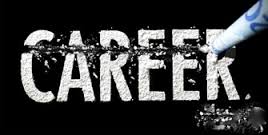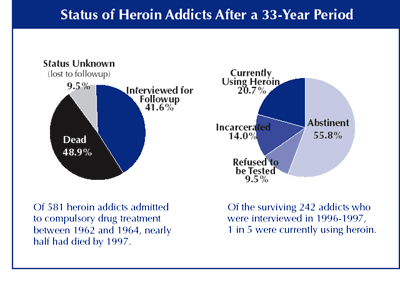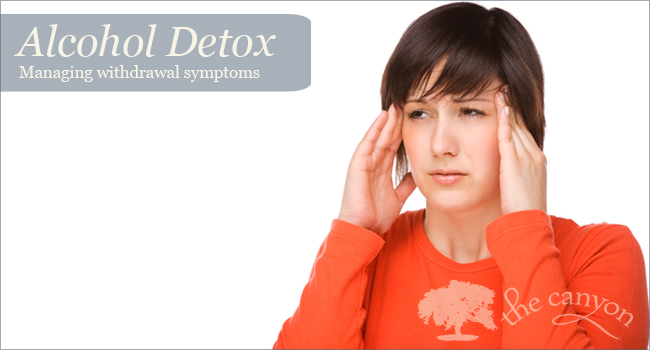Polysubstance Abuse detox and Addiction

Polysubstance Abuse detox and Addiction and parental duties in controlling drug addiction inspires and motivates users to agree to medication
Polysubstance Abuse detox and Addiction: Treatment procedures
It must be noted that before the administration of any treatment that addresses the underlying causes of polysubstance addiction, detoxification must first be done. Polysubstance abuse detox is more complex and problematic for several reasons. Accurate history of total substances abused must be obtained, and the patient may not be able or willing to provide complete details. Determination of the actual substance being used has to be made using screens for breath, urine, and blood.
Some patients can be treated on an outpatient basis, but others, particularly those with alcohol, sedative, hypnotic, opioid, and anxiolytic abuse may require hospitalization or inpatient detox. Repeated abstinence failures or severe anxiety, depression, or psychotic symptoms lasting 1 to 3 days after abstinence may also require inpatient substance abuse treatment. On admission of the patient, detoxification for opioids will began to show classic alcohol withdrawal symptoms, some professionals will administer treatment routinely to their detox patients with thiamine until a determination could be made that there was no history of alcohol use. Experts are confirming that diagnosis and treatment of patients who have been on psychotropic medications while they were already addicted is more difficult. Therefore if a patient doesn’t know, or is unable to discuss, use of opioid drugs and it’s been days since their last drug use, opiate withdrawal symptoms can lag and urine screens my not be able to detect the drug.
Treatment for mixed addiction that also includes alcohol use may include benzodiazepines during the acute phase of alcohol withdrawal. Benzodiazepines can help decrease tremors and prevent or reduce increases in heart rate and blood pressure.
Polysubstance Abuse detox and Addiction: Evaluation Factors
If you are concern of the duration treatment will take, then it is important to note that the length of the treatment program can only be determined by how long and what type of substance dependence the patient has, whether or not organ damage exists, any underlying mental illness, the patient’s desire to change and willingness to undergo treatment, adequacy of the patient’s social support system, treatment choice, and plans for ongoing care.
Polysubstance Abuse detox and Addiction: Polysubstance Addiction is there hope?
Finally it is worth noting that fighting polysubstance abuse is not easy owing to the multiple of substances involved. It is very much different in relation to cases where a single substance is in question however it can still be done successfully. The success depends on the individual’s determination and discipline to follow through on the requirements to abstain completely from substance abuse. Such determination and discipline does not come easily, especially for hard-core or long-term abusers and addicts. There may be repeated relapses before stability becomes a part of the recovering addict’s life. And that explains why doctor Akoury founded AWAREmed Health and Wellness Resource Center to help in the treatment of all kinds of addiction problems. With her team of experts all your addiction related complications will be addressed professionally if only you can schedule for an appointment with her today.
Polysubstance Abuse detox and Addiction: Treatment procedures









